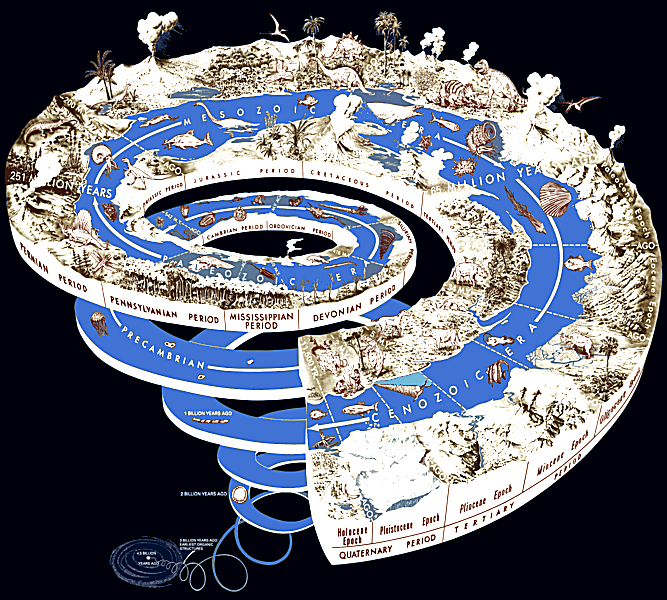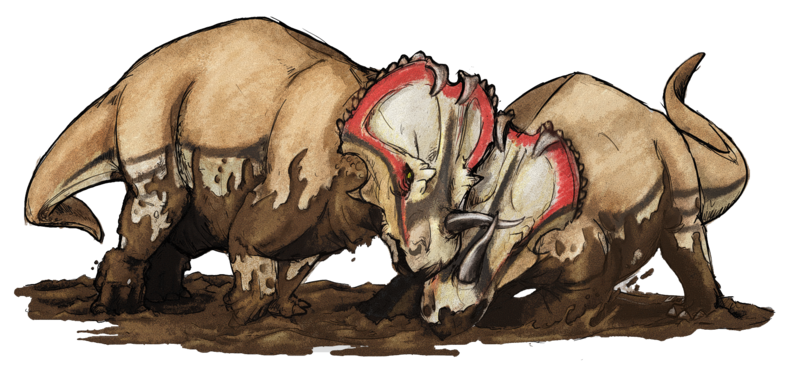ECPA
"Edward Cope" Paleontológiai Alapitvány/"Edward Cope" Paleontological Foundation
The simplest definition is "the study of ancient life". Paleontology seeks information about several aspects of past organisms: "their identity and origin, their environment and evolution, and what they can tell us about the Earth's organic and inorganic past".
The Story
Paleontology is one of the historical sciences, along with archaeology, geology, biology, astronomy, cosmology, philology and history itself. This means that it aims to describe phenomena of the past and reconstruct their causes. Hence it has three main elements: description of the phenomena; developing a general theory about the causes of various types of change; and applying those theories to specific facts.
When trying to explain past phenomena, paleontologists and other historical scientists often construct a set of hypotheses about the causes and then look for a "smoking gun", a piece of evidence which indicates that one of the hypotheses is a better explanation than the others. Sometimes the "smoking gun" is discovered by a fortunate accident during other research, for example the discovery by Luis Alvarez and Walter Alvarez of an iridium-rich layer at the Cretaceous–Tertiary boundary made asteroid impact and volcanism the most favored explanations for the Cretaceous–Tertiary extinction event.
The other main type of science is experimental science, which is often said to work by conducting experiments to disprove hypotheses about the workings and causes of natural phenomena – note that this approach cannot prove a hypothesis is correct, since some later experiment may disprove it. However, when confronted with totally unexpected phenomena, such as the first evidence for invisible radiation, experimental scientists often use the same approach as historical scientists: construct a set of hypotheses about the causes and then look for a "smoking gun".
Dinosaurs
The taxon Dinosauria was formally named in 1842 by paleontologist Sir Richard Owen, who used it to refer to the "distinct tribe or sub-order of Saurian Reptiles" that were then being recognized in England and around the world.: The term is derived from the Greek words δεινός (deinos, meaning "terrible," "potent," or "fearfully great") and σαῦρος (sauros, meaning "lizard" or "reptile"). Though the taxonomic name has often been interpreted as a reference to dinosaurs' teeth, claws, and other fearsome characteristics, Owen intended it merely to evoke their size and majesty.
Honlapkészítés ingyen:
Ez a weblapszerkesztő alkalmas
ingyen weboldal,
ingyen honlap készítés...
Mai: 10
Tegnapi: 2
Heti: 10
Havi: 28
Össz.: 15 179
Látogatottság növelés
ECPA - © 2008 - 2026 - ecpa.hupont.hu


